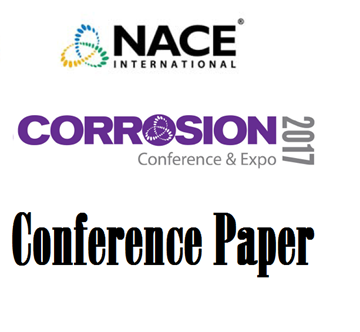Search
51312-01204-Effect of Microstructure on Hydrogen Induced Cracking and Sulfide Stress Cracking Property of Pressu
Also Purchased
05460 Sulfide Stress Cracking of Tubular Product - Case Histories
Product Number:
51300-05460-SG
ISBN:
05460 2005 CP
$20.00
Modeling and Experimental Insights of Sulfide Stress Cracking Corrosion Mechanism
Product Number:
51317--9328-SG
ISBN:
9328 2017 CP
Publication Date:
2017
$20.00
01073 THE EFFECT OF PLASTIC STRAIN ON SULFIDE STRESS CRACKING
Product Number:
51300-01073-SG
ISBN:
01073 2001 CP
$20.00




